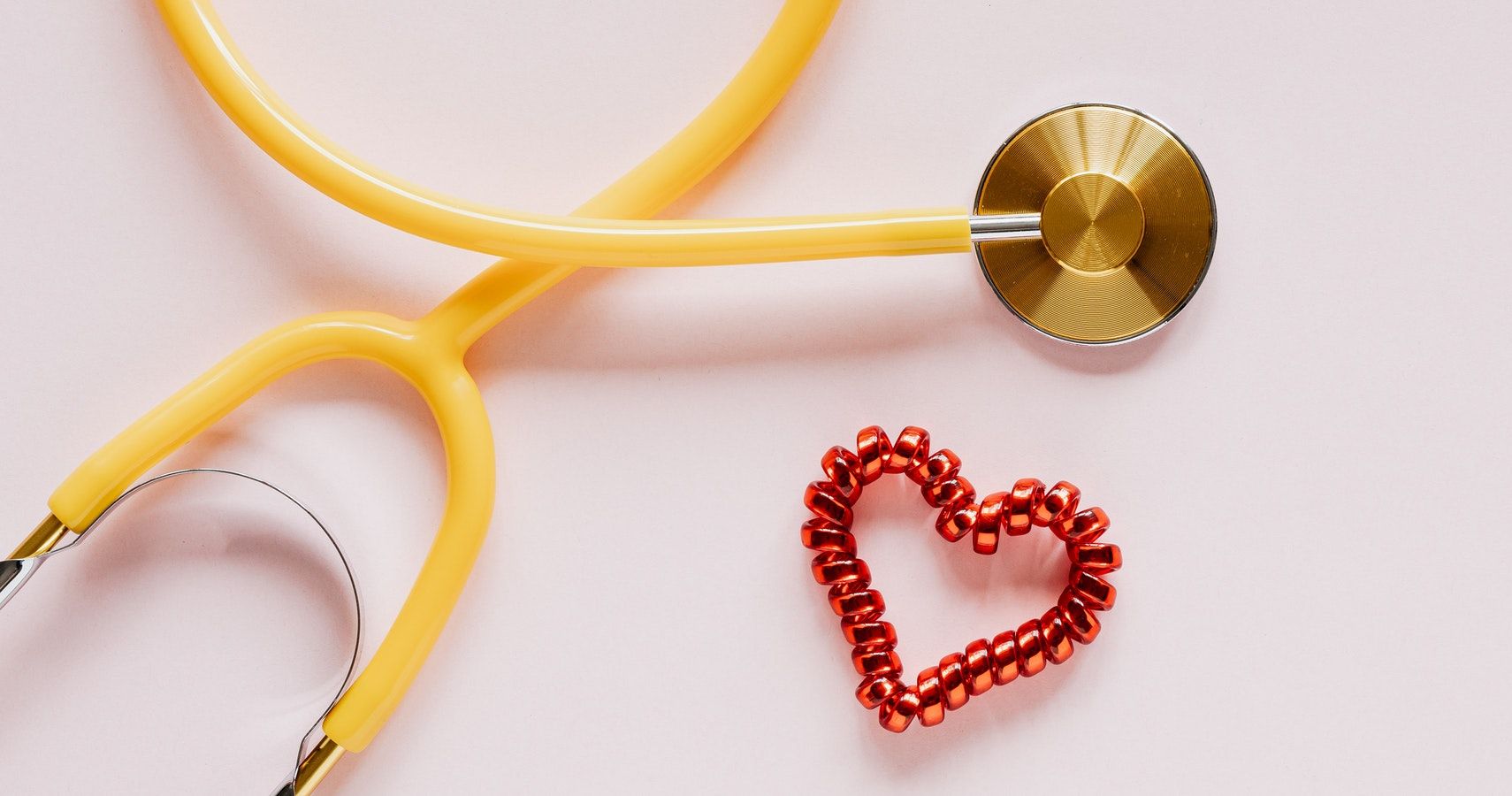Machine-learning computer tools have been found to double the accuracy in detecting fetal heart defects, according to a new study. This means that interventions necessary to fix heart issues can be realized sooner, giving babies a better chance of survival when suffering from a congenital heart defect while in utero.
Researchers from UC San Francisco have been able to recreate the steps doctors take when diagnosing babies' heart defects during pregnancy via machine-learning models, according to EurekAlert!
The study, published in Nature Medicine, found that when doctors used computer tools in conjunction with ultrasound imaging, the ability to detect congenital heart disease skyrocketed from 30 to 50 percent to 95 percent.
Congenital heart disease is the most common of all birth defects, occurring in seven out of 1,000 pregnancies, according to babyMed. While they are the most common, they still happen so infrequently in a physician's career that they are not always easy to diagnose, according to News-Medical.net. As such, many can go undiagnosed until late in pregnancy, or not at all until after the newborn has been delivered. This means that the window in which doctors had to repair the defect in utero is lost, which can decrease the chances of survival for the baby.
To help remedy this, researchers trained computer tools on how to detect whether there was a defect in the fetal heart via a three-step process.
Using existing neural networks, or computer systems that use algorithms modeled after the human brain trained to recognize patterns, according to edureka!, researchers broke the heart down into five sections to determine if each section appeared normal.
After using another algorithm, the computer was able to determine if irregularities existed, which, according to EurekAlert!, alerted doctors of such. Doctors were then able to use an ultrasound to determine precisely where the abnormality existed in the fetal heart.
The second trimester is when the baby is screened for heart defects via an ultrasound. Currently, when the five sections of the heart are evaluated for irregularities, there is the possibility of being able to diagnose a problem 90 percent of the time, according to the study. Unfortunately, however, those defects are only found 30 percent of the time in "non-expert centers," per News-Medical.net.
Researchers hope that by using the machine-learning tools in conjunction with ultrasounds that doctors will be able to more accurately detect fetal heart abnormalities while there is still time to make repairs while in utero. By doing so, a large percentage of congenital heart defects can be detected that are being missed using current technology. And, in turn, countless lives may be saved in the process.
Source: EurekAlert!, Nature Medicine, News-Medical.net, edureka!, babyMed

